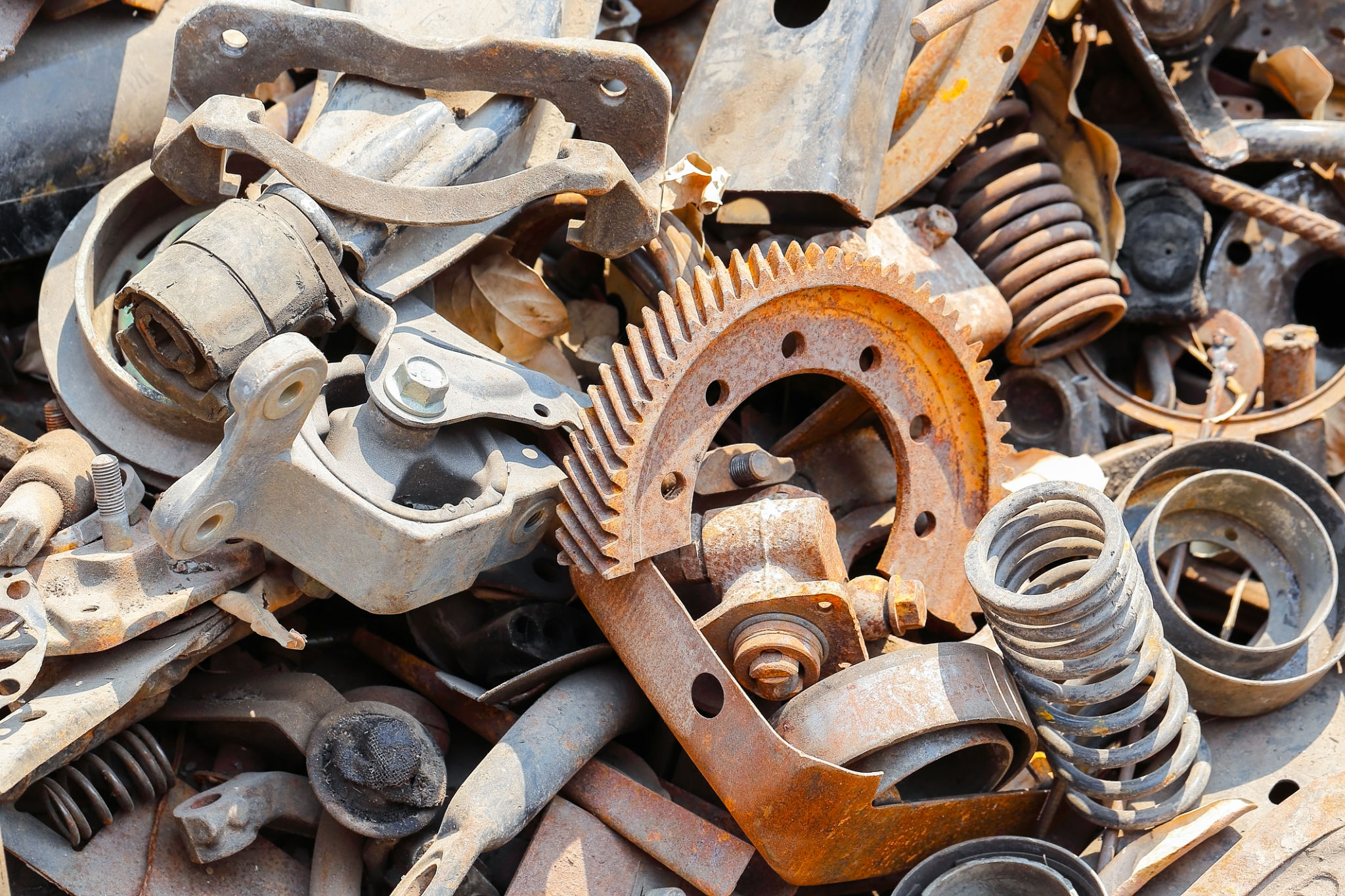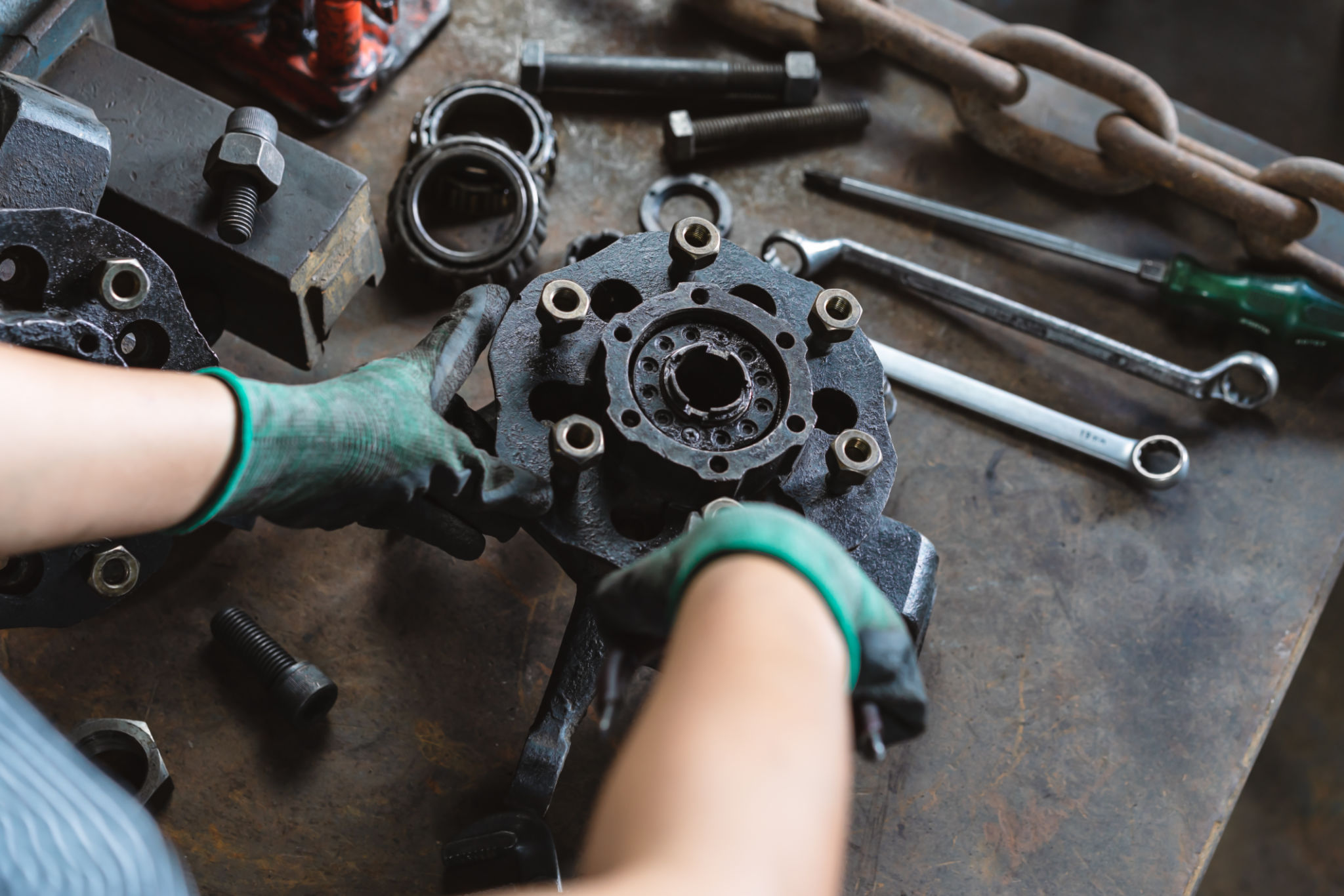DIY Tips: How to Identify and Sort Scrap Metal for Better Prices
Understanding Scrap Metal Types
When diving into the world of scrap metal recycling, the first step is understanding the different types of metals you might encounter. Metals are generally classified as ferrous or non-ferrous. Ferrous metals contain iron, making them magnetic, while non-ferrous metals do not contain iron and are typically more valuable. Common non-ferrous metals include aluminum, copper, brass, and stainless steel.
Identifying these metals accurately can significantly impact the price you receive when selling scrap. For instance, copper is one of the most valuable metals due to its wide range of applications and high demand. In contrast, while ferrous metals like steel are more plentiful and less valuable, they still play a crucial role in the recycling industry.

Tools You Need for Sorting Scrap Metal
Having the right tools at your disposal can streamline the process of identifying and sorting scrap metal. A magnet is an essential tool for distinguishing between ferrous and non-ferrous metals. Simply hold a magnet to the metal; if it sticks, it's ferrous. Additionally, a grinder can help test metal sparks to identify different steel types, and a file can assist in checking the material underneath any coatings.
Another useful tool is a scale, which helps weigh your metal to ensure accurate pricing. Some scrap yards may offer better rates for larger quantities, so knowing the weight of your scrap metal can be advantageous when negotiating prices.

Sorting Your Scrap Metal
Once you've identified the types of metal you have, sorting them properly is the next step. Organized sorting not only helps you get better prices but also makes it easier for scrap yards to process your materials. Start by separating ferrous from non-ferrous metals. This simple action can save time at the scrapyard and make your haul more profitable.
Further sorting within non-ferrous metals into categories like aluminum, copper, and brass can also optimize your payout. Copper wires should be stripped of insulation to fetch higher prices, and you should separate different alloys of aluminum for maximum returns.

Tips for Maximizing Scrap Metal Value
To get the best prices for your scrap metal, timing, and condition play crucial roles. Prices for scrap metals fluctuate based on market demand, so staying informed about current rates can help you decide when to sell. Clean and well-prepared scrap often fetches higher prices. For example, cleaning aluminum cans of any remaining liquid or residue makes them more desirable.
Building relationships with local scrap yards can also be beneficial. Some buyers might offer loyalty programs or better rates for frequent sellers. Additionally, selling in bulk can often result in higher per-pound prices compared to smaller quantities.
The Importance of Safety in Scrap Metal Sorting
While identifying and sorting scrap metal can be profitable, it's essential to prioritize safety. Always wear appropriate gear such as gloves and goggles to protect against sharp edges and flying debris. When using tools like grinders or files, ensure you're operating them correctly to avoid accidents.
Proper ventilation is also critical when working with metals that may produce dust or fumes. Keeping your workspace clean and organized reduces hazards and makes your sorting process more efficient.

Conclusion
Identifying and sorting scrap metal doesn't just benefit your wallet; it contributes to environmental sustainability by promoting recycling. With a little knowledge and the right tools, you can make the most of your scrap metal endeavors. Remember that preparation and organization are key to getting the best prices at the scrapyard.
Whether you're a seasoned scrapper or a beginner looking to enter the market, these tips will help you navigate the world of scrap metal with confidence. By optimizing your methods, you'll not only improve your earnings but also support a greener planet.